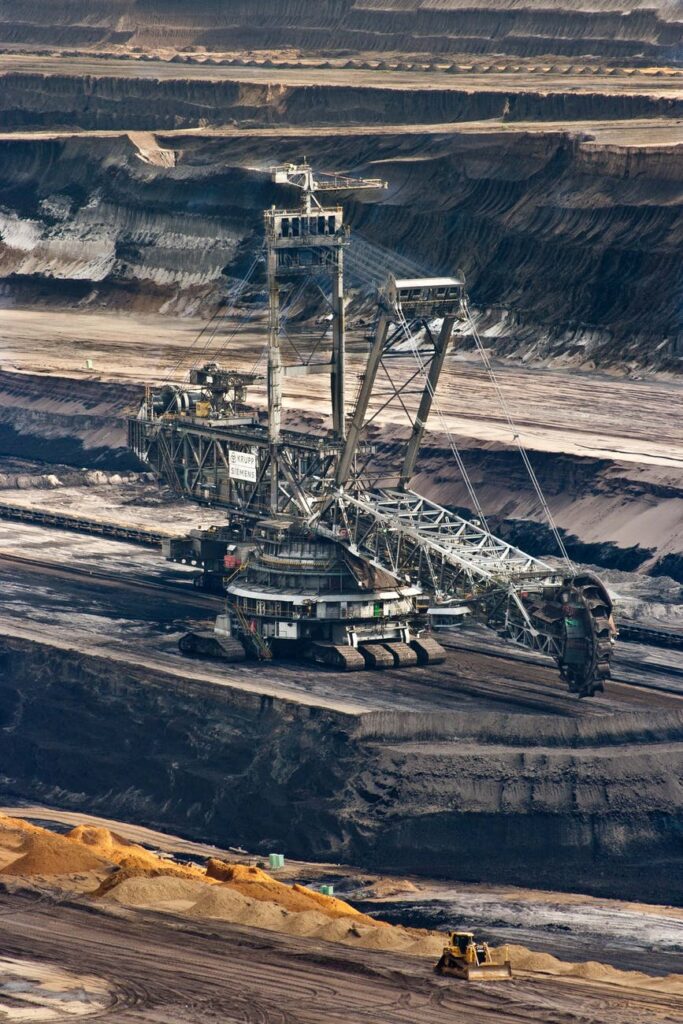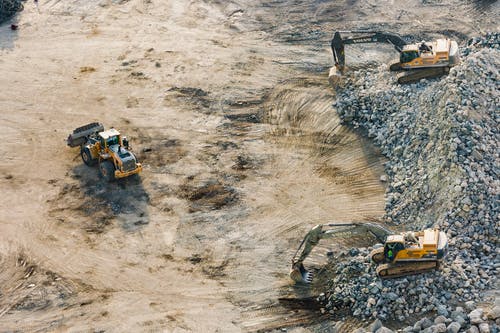We will talk about underground miners today.
Anyone who mines hard metals such as gold, silver, iron, copper, zinc, nickel, tin, and lead underground may face many risks. A similar process, such as diamonds, is used to extract hard gems. Miners extract soft minerals, such as salt or coal, from soft rocks. Many support functions needed underground to support miners. These terms include surveyors, geologists, engineers, technicians, ventilation experts, etc.
Underground mining can perform many functions, including:
Production: responsible for cleaning and removing ores. Such rollers may include valves with long holes, shafts with narrow veins, and shelves with loading holes, dump truck driver and crusher operator.
Development: strengthening tunnels based on approximate geometry and geological models. These roles may include developments related to operators of manipulators and cranes (mechanical and manual), as well as operators of bulldozers and cranes

Services: Support and promote mining services, such as ventilation, water pipes, air ducts, filling or gluing lines, treatment of fuel tanks and warehouses for dust and waste sorting.
Construction: Used for the construction and installation of ventilation doors, grilles (or passage grilles or furnaces), telescopic stations and other underground environment.
Mine: Check and serve miners or switch to different levels of work in the cage.
The drilling chamber designed for exploration or mining. It can include diamond drilling, long hole drilling, hole drilling and so on.
Professionals are needed for maintenance, repair, and repair of underground equipment. For example; mine civil integrity testing
What are the preventive measures for underground mining?
Before you go to the ground, talk with the regional manager and be aware of all the risks and tell others where you work
Before starting work, check the workplace for current and possible risks and take appropriate measures to overcomethe risks.
Examine data and compare data on previous events, severe soil conditions, water stagnation or other signs of danger observed in changes
Before starting work, check all equipment and machines. Keep tools and equipment should be maintained in good condition. Ensure that appropriate personal protective equipment is available and used correctly. If necessary, make sure that each radio receiver or personal gas detector is in good condition and find a way to use this tool correctly.
Clean in the workplace, pay special attention to areas that have bombed recently. Before starting work, find out the location and evacuation route of the nearest housing supply station and read the emergency plan. If necessary, use nozzles or other dust control methods. Avoid uncomfortable body positions and rest more often.

Explore ways to improve security. Before starting work or using mobile devices, complete the necessary training and sign an agreement on high-risk activities, such as working at high altitude, checking dangerous energy (blocking/marking) or entering restricted areas may require.
When working in extremely hot, cold or humid environments, make sure you take the appropriate precautions.
There are few safety measures for mine workers to improve their health and quality of life. This is a most common type of occupational disease with most harmful effects. Doing it properly can reduce these harmful effects.
